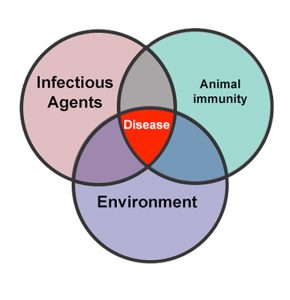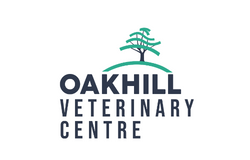
Respiratory disease is estimated to cost the UK cattle industry £80 million annually through increased mortality, veterinary drug costs and most importantly weight
loss/reduced performance. Whilst the effects on clinically affected animals are obvious often the rest of the group will be affected sub-clinically resulting in reduced growth rates.
For respiratory disease, prevention is vital as many animals never fully recover from severe cases and is through a combination of good management, good ventilation, and effective vaccination protocols prior to the risk period (housing/weaning).

Respiratory disease occurs when environmental factors, infectious agents and inadequate immunity come together and tip the balance in favour of disease. In beef systems, stressful events such as dehorning and castration are best undertaken before housing or delayed until calves have been housed for at least 6 weeks.
Ventilation is key!
The minimum recommended air changes within a building of 10 times each hour, increasing in summer up to around 60 air changes per hour. High ammonia levels from manure irritate the respiratory tract and will make the animal more vulnerable to respiratory disease. Studies have shown that the ammonia levels a calf is exposed to in the first four months of life severely impact on the age at first calving, and lifetime productivity.

